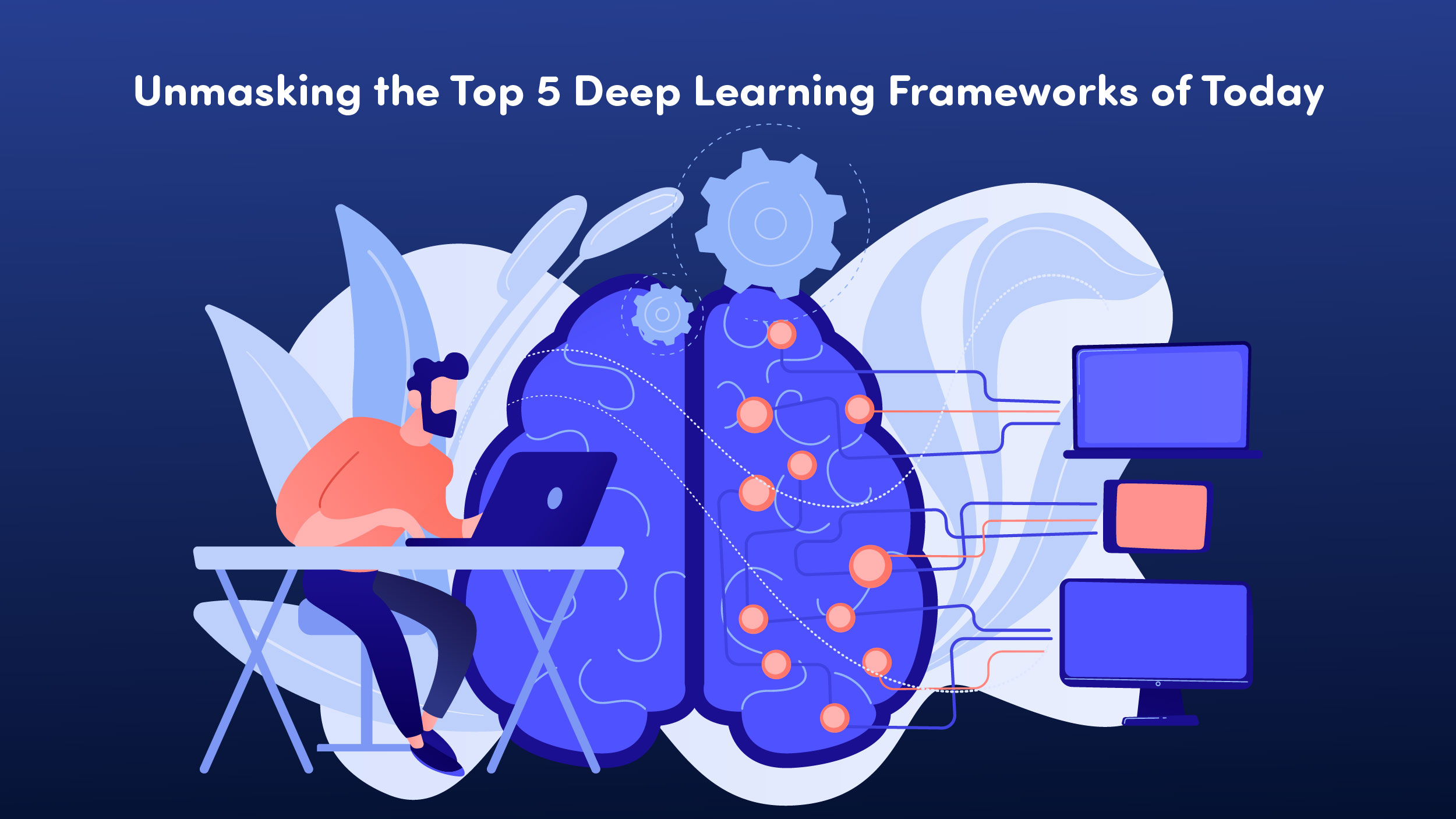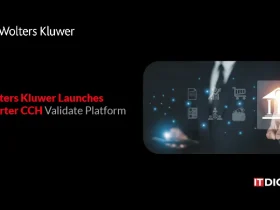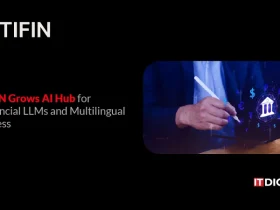These days, lots of companies are jumping on the machine learning and artificial intelligence (AI) bandwagon to level up their business game and stay ahead in the race.
Organizations may now offer their clients predictive personalizations and smart solutions thanks to the advancements in machine learning and artificial intelligence. For different reasons though, not all organizations are able to integrate AI and machine learning into their operations.
Here’s where you get a hand from different deep learning frameworks. Those with little to no experience with machine learning and artificial intelligence can readily incorporate these interfaces, libraries, or tools, which are often open-source.
So, what’s the deal with it, and why should businesses care? Let’s dive in and get the lowdown!
What are Deep Learning Frameworks?
 A software program called a deep learning framework is what data scientists and researchers use to create and hone deep learning models. The purpose of these frameworks is to enable model training without requiring users to delve into the fundamental techniques of machine learning, deep learning, and neural networks.
A software program called a deep learning framework is what data scientists and researchers use to create and hone deep learning models. The purpose of these frameworks is to enable model training without requiring users to delve into the fundamental techniques of machine learning, deep learning, and neural networks.
Via a high-level programming interface, these frameworks provide building blocks for creating, training, and validating models. To provide high-performance multi-GPU accelerated training, the most popular deep learning frameworks like TensorFlow, PyTorch, MXNet, and others can also leverage GPU-accelerated libraries like cuDNN and NCCL.
Also Read: Infrastructure as a Service Decoded: Your Blueprint for Building in the Cloud
Why Should You Embrace Deep Learning Frameworks?
- These frameworks provide accessible libraries to define layers, network types (like CNNs and RNNs), and common model architectures.
- They are versatile, supporting applications in computer vision, image processing, speech, and natural language processing.
- Plus, they offer user-friendly interfaces through popular programming languages like Python, C, C++, and Scala.
- NVIDIA deep learning libraries like cuDNN, NCCl, and cuBLAS accelerate many of these frameworks for GPU-powered deep learning training.
Unmasking the Top 5 Deep Learning Frameworks of Today
 Besides expediting the creation of machine or deep learning algorithms, these frameworks provide precise and research-supported methods, devising a more accurate end product compared to building the entire model from scratch.
Besides expediting the creation of machine or deep learning algorithms, these frameworks provide precise and research-supported methods, devising a more accurate end product compared to building the entire model from scratch.
Here’s a compilation of the top deep learning frameworks you should take into account for 2023 and beyond.
1. TensorFlow
TensorFlow, an open-source platform from Google, is undoubtedly the most well-liked tool for deep learning and machine learning. TensorFlow is a JavaScript-based framework that includes many tools and community resources to make training and deploying machine learning and deep learning models simple.
TensorFlow Lite can be used to deploy models on mobile or embedded devices, even though the core tool can be used to construct and deploy models on browsers. TensorFlow Extended is also useful if you want to develop, train, and implement ML/DL models in sizable production contexts.
2. PyTorch
One of the most popular deep learning frameworks called PyTorch was created by Facebook and is available for free. Its design was driven by the primary goal of accelerating the research prototyping to the production deployment process. It is built on the Torch library. Having a C++ front end on top of a Python interface is what makes PyTorch interesting.
In research and production, the torch distributed backend facilitates scalable distributed training and performance optimization, while the front end acts as the foundation for model creation.
3. Keras
Meet Keras, another open-source gem in the world of deep learning frameworks. This handy tool seamlessly integrates with TensorFlow, Theano, Microsoft Cognitive Toolkit, and PlaidML. Keras stands out for its impressive speed, boasting built-in support for data parallelism, enabling efficient processing of vast amounts of data and significantly speeding up model training. With its Python foundation, Keras is not only user-friendly but also highly extensible.
4. Sonnet
Sonnet, an advanced library created by DeepMind, facilitates the construction of intricate neural network architectures within TensorFlow. This framework, built upon TensorFlow, enables the generation of key Python entities that correspond to distinct components of a neural network
By following this approach, the Python objects are created individually and then linked to the TensorFlow graph. This technique of independently creating and connecting objects in Python simplifies the design of complex architectures at a higher level.
1. MXNet
MXNet stands out as an open-source deep learning framework, crafted for training and deploying deep neural networks. Its exceptional scalability ensures speedy model training. With a versatile programming model and support for multiple languages like C++, Python, Julia, Matlab, JavaScript, Go, R, Scala, Perl, and Wolfram, MXNet is a flexible and powerful tool in the world of deep learning.
Final Thoughts
Clearly, the advent of deep learning has given rise to numerous practical use cases for machine learning and artificial intelligence in general. From TensorFlow’s versatility to PyTorch’s intuitive design, each framework plays a pivotal role in accelerating the development of sophisticated machine learning models. Whether you’re a seasoned developer or a newcomer to the world of deep learning, exploring and harnessing the capabilities of these deep learning frameworks opens doors to innovation, pushing the boundaries of what’s possible in the realm of artificial intelligence.


































